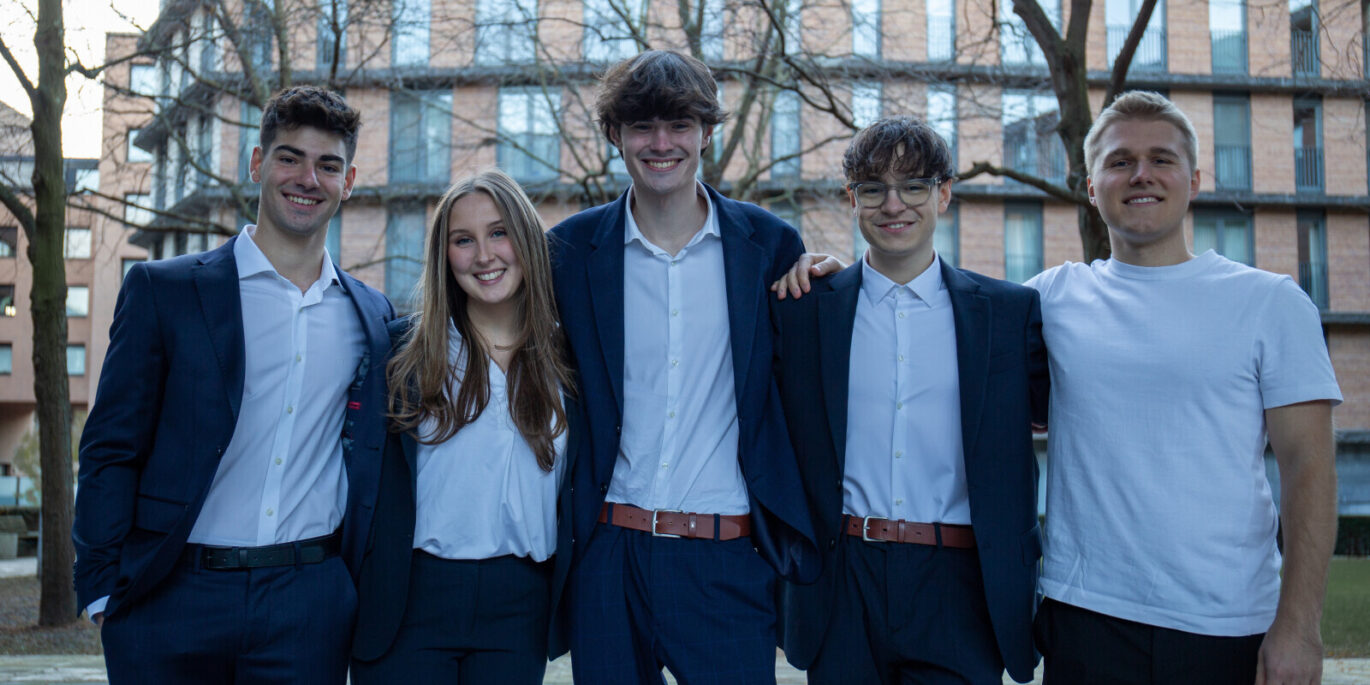Back in March the Sutton Trust published national evidence on the impact of the pandemic upon participation in student opportunities, with a particular emphasis on participation by disadvantaged students.
It found that participation in extra-curricular activities last academic year was substantially down on normal. 39 per cent of students reported taking part in volunteering, representation, student societies or sport in the autumn term, falling further since Christmas to just 30 per cent.
When we worked with Organised Fun to work out what was going on, we found that there was a major problem emerging in clubs and societies. Put simply, many in the “long tail” of interests and causes had collapsed – resulting in a potential squeeze this September as students return.
Student opportunities professionals across SUs had plenty of suggestions in the write-up we put together to inspire action ahead of this coming term. But inevitably much of the focus was on clubs and societies. And the lingering question is whether a model that focuses on the development and maintenance of freestanding groups is really the right one.
15 friends that share a passion
Clubs and societies exist in higher education right around the world. But in comparison to many university systems – and certainly in comparison to most SUs across Europe – there is a disproportionate focus on the “15 people that share an interest model” in UK. Why is that?
Much of the comparison is explained in historical terms. Our obsession with giving more students what a tiny proportion once experienced means that copying both Oxbridge and the Scottish Ancients runs deep in higher education generally and SUIs specifically. Both have long traditions of student clubs, and as we noted in this student movement history pamphlet for HEPI, even the phrase “students’ union” was about a union of groups, not an allusion to trade unionism.
But the model is under pressure like never before. First, we have to admit that the skills and development benefits enjoyed by those that run clubs are often not really trickling down to those that are merely members. Next, our loneliness evidence suggests that students want opportunities that are low commitment – many want to dip their toe in and try things rather than “fully commit”. Many SUs are stretched and struggle to keep fledgling groups going. And many have collapsed – with little evidence that students are keen to roar back and set new ones up.
And then there’s “hustle culture”. Save the Student says that four in ten students now have a “side hustle”, and an increasingly documented wider phenomena teaches young people that they need to be the founders of organisations and programmes rather than the passengers. They need to be the hero, the boss, and the person that makes something happen.
So with lots of universities keen to build “entrepreneurship” skills, and plenty of students keen to rebuild their mental health and friendships, how might student activities and opportunities morph to meet the new needs of students post-pandemic?
Give it a go
There are two major models across Europe that we’ve come across. The first is a full throated commitment to low-commitment toe dipping – the “Give it a go” model but on steroids perhaps best exemplified by UEA’s “Do Something Different” programme, where in its original incarnation was committing to offering something new to do every day of the year via activity organised by clubs and socs, academic staff, local partners and even the SU’s CEO.
But less popular – and arguably more impactful – are project programmes. When the last Wonkhe SUs study tour reached Latvia and Lithuania, we found universities that were still comparatively small and full of commuters – and comparatively less focus on traditional “clubs and societies” and much more focus on projects. Students can apply from most SUs for project funding to run a single event, a trip, a community initiative or a get a small business going.
It’s a model of extra-curricular activity and support that loses much of the “commitment” needed to make a society a success and trades it for diverse involvement, creativity and fascinating events.
Take this programme in operation at Tallinn SU. They do have clubs and societies, but projects are much more important. The SU defines a student project as any event – a seminar, training event, conference, concert, performance, competition, exhibition or entertainment event – organised by a student which has a clear purpose, schedule and budget.
Applications can be submitted for the 15th day of each calendar month, and submitted by students of all levels. Plenty of freshers dive right in.
The great news is that the SU gets to bend the funding criteria each year to make different types of things happen. Right now the criteria for funding are:
- Specialty development – the project contributes to the dissemination of students’ research, or promotes professional involvement and professional activity;
- Engaging with civil society – the project draws attention to topical issues and/or problems in society and encourages students to think about issues that are important in society;
- Preservation and promotion of traditions – the project bears national, Tallinn University or student body traditions (a big issue in Estonia) ;
- Inclusion – Tallinn university students and other university members, student bodies, student organisations and other partners are involved in the project at the management and/or participation level;
- Valuing healthy lifestyles and the natural environment – the project promotes healthy lifestyles and behaviours and raises awareness of the preservation of the natural environment.
Students then get support with skills to make their project happen, promotional support and are able to reflect on the organising of their “thing” after the fact. It’s efficient, diverse and allows the union to drive some of lots priorities without always leaning on those running clubs and societies.
Think about things
And then separately – how cool is this? Every year the SU also administers grants from the University Research Fund to encourage the involvement of bachelor and master level students in research outside of their own programme.
Some of the fund is aimed at supporting the costs of students’ research activities, some covers the costs popularising and promoting activities aimed at other students, young people at school and the general public, and some covers the costs of presenting research (including coursework) written by undergraduate students at conferences and events.
Do lots of universities already run that sort of thing? Yes, but not usually for undergraduates. Is it usually run by the SU? Not so much.
We saw other examples. In some places annual student festivals allowed students to run single stalls with a one day business or scientific exhibition manifesting in the city’s streets. In one place a student events initiative allowed students that wanted a pool tournament to happen to get support without having to form a pool society. In another stall holder space in the SU building was available to hire every week, with students selling smoothies one week and repairing mobile phones the next. The point is the focus was on the student and the initiative, not so much the “form” of the club or society.
Where all this potentially gets us to is that while clubs and societies are important, they may not be the be-all and end-all of student involvement. They could be fairly inefficient, not really benefit enough people, and might require a level of commitment that is neither desirable if we’re going to get diverse participation nor even possible post-pandemic. Imagine – your SU had to make a massive difference to students through participation but wasn’t actually allowed to support clubs and societies. What would happen next?


















